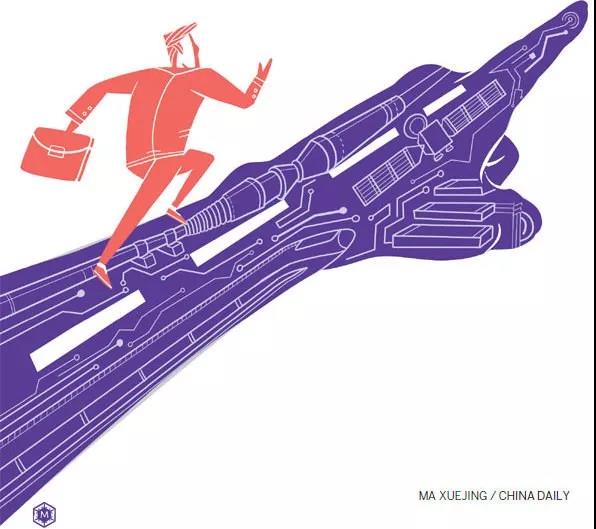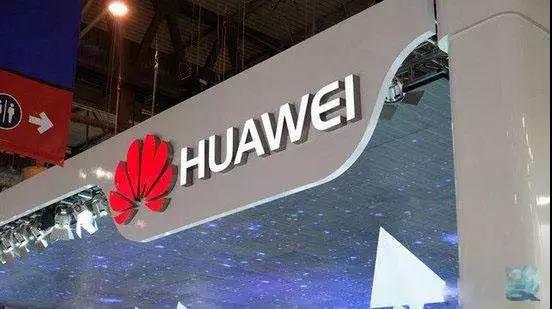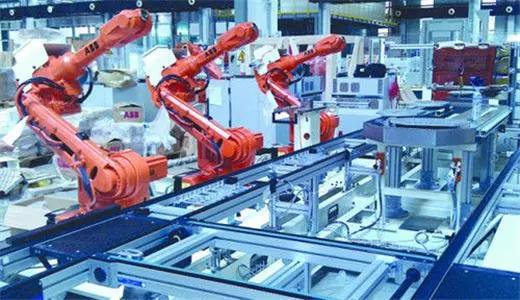
By Edward Tse | China Daily Africa | Updated: 2018-02-16
The central government’s blessing of entrepreneurship has created a vibrant environment that began at the grassroots
At the beginning of China’s opening-up and reform 40 years ago, the country’s reform architect, Deng Xiaoping, put forward that “science and technology are the primary productive forces”. At the 19th National Congress of the Communist Party of China in October, General Secretary Xi Jinping proclaimed that “innovation is the primary force driving development”.
Behind both of these statements is the philosophy that research and development as well as innovation results in generating key capabilities for the country. R&D investment is generally viewed across the world as the backbone of a globally competitive and innovation-driven economy.
Late last year, the European Commission released “The 2017 EU Industrial R&D Investment Scoreboard”, which covered 2,500 companies from 43 countries that invested the largest amount in research and development last year. These companies recorded a total investment of 741.6 billion euros ($909 billion; £657 billion) in R&D, a 5.8 percent year-on-year increase.
Among the companies covered in the Scoreboard report are 376 Chinese enterprises. Their R&D investment grew by 18.8 percent year-onyear in 2016, compared with a 7.2 percent increase by 822 US companies and a 7 percent increase by 567 European Union companies.
While most of the top companies in the report are from the West, Huawei, a China-based telecom equipment and smart device manufacturer, leapfrogged to sixth place, registering 10.4 billion euros in R&D investment. Huawei’s ranking advanced by more than 200 places between 2004 and 2016. Chinese internet giants Alibaba and Tencent also entered the top 100 on the list.

Source: Baidu.com
Chinese companies are also well known for tech innovation in such areas as drones, electric vehicles, autonomous driving and artificial intelligence. DJI, a Shenzhen-based company, has a global market share of around 70 percent in consumer drones. NIO, a Chinese electric vehicle startup, developed the fastest electric sports car, the EP9, within 18 months and broke the world lap record at the Nurburgring Nordschleife track in Germany. In terms of AI, a Chinese company, Face++, developed advanced facial recognition technology that is widely used in the financial technology, smart retail and many other industries. This technology, now used in more than 200 countries, processes over 30 million requests each day. SenseTime, a Chinese AI company founded in 2014, focuses on innovative computer vision and deep learning technology. In July last year, the company successfully raised the largest single-round investment in AI globally, at $410 million.
For a long time, China was viewed as a nation that relied on low manufacturing costs for exports. And Chinese companies were labeled “copycats” by the West. Very few people believed that China had the ability to innovate. However, the country’s development over the past decade has proved otherwise.

Source: Baidu.com
In fact, innovation is thriving in China. MIT’s Technology Review included nine Chinese companies such as iFlytek, Tencent, Face++ and DJI in its 2017 list of the Top 50 Smartest Companies. So what caused China’s innovation and the entrepreneurship that goes with it to take off? I think it’s because of the following reasons:
1. “Why not me?”: At the end of the 1970s, during the onset of China’s era of reform and opening-up, the Chinese discovered that not only was their economy backward and undeveloped compared with the economies of the developed nations, but the gap between the Chinese economy and those economies was vast. Against this background, Chinese entrepreneurs were spurred by a new sense of purpose and the desire to strive for success and show the world that they, too, could succeed. Although it’s been 40 years since China’s opening-up began, this question of “why not me?” is still the key driver behind the Chinese entrepreneurial spirit.
2. Market opportunity provided by the State economy: For a very long time, China’s economy was dominated by State-owned enterprises. In a market defined by fast changes, intense competition and the need for innovation, SOEs are usually slow to react. Many innovative companies have taken advantage of this market gap and have benefited with extraordinary growth.
3. Transformative and intense competition: China’s process of shifting from a planned economy to a market economy is gradual and will take time. In this process, a wide range of sectors have opened up and, coupled with the allure of the massive China market, we see players from all over the world igniting intense competition. This state of hyper competition forces companies to innovate in order to stay ahead.
4. Chinese society’s pain points: In the process of transformation, pain points that had previously been hidden are now in plain sight, and they provide entrepreneurs with opportunities for innovation.
5. The rise of technology: With the wireless internet, smart devices and social media becoming a core part of the everyday life of Chinese consumers, tremendous disruption opportunities are provided for innovators and entrepreneurs alike.
6. The massive scale of the Chinese market: The size and fast-changing nature of China’s market allows companies to rapidly scale up. At the same time, it provides a platform for innovators and entrepreneurs to learn via trial and error. Leading Chinese companies are also benefiting from high valuations that provide them with the needed capital ammunition to support their growth.
7. Capital resources: Over the past 20 years of China’s development, many venture capital companies and angel investors have benefited from exceptional returns on their investments in China. Regardless of whether these investors came from abroad or were homegrown, Chinese companies have benefited greatly from the vast sums of capital these investors have provided over time.
Against this backdrop, China’s development model plays a crucial role. From the top, China’s central government actively directs the country’s economic development with great results. In this context, the central government has positioned innovation and entrepreneurship as a key national initiative, and with this blessing, a vibrant innovation and entrepreneurial environment began at the grassroots level. In addition, various local governments across China are both competing and collaborating with each other, providing additional impetus for innovation.
The author is founder and CEO of Gao Feng Advisory, a global strategy and management consulting company with roots in China. He is also author of China’s Disruptors.

